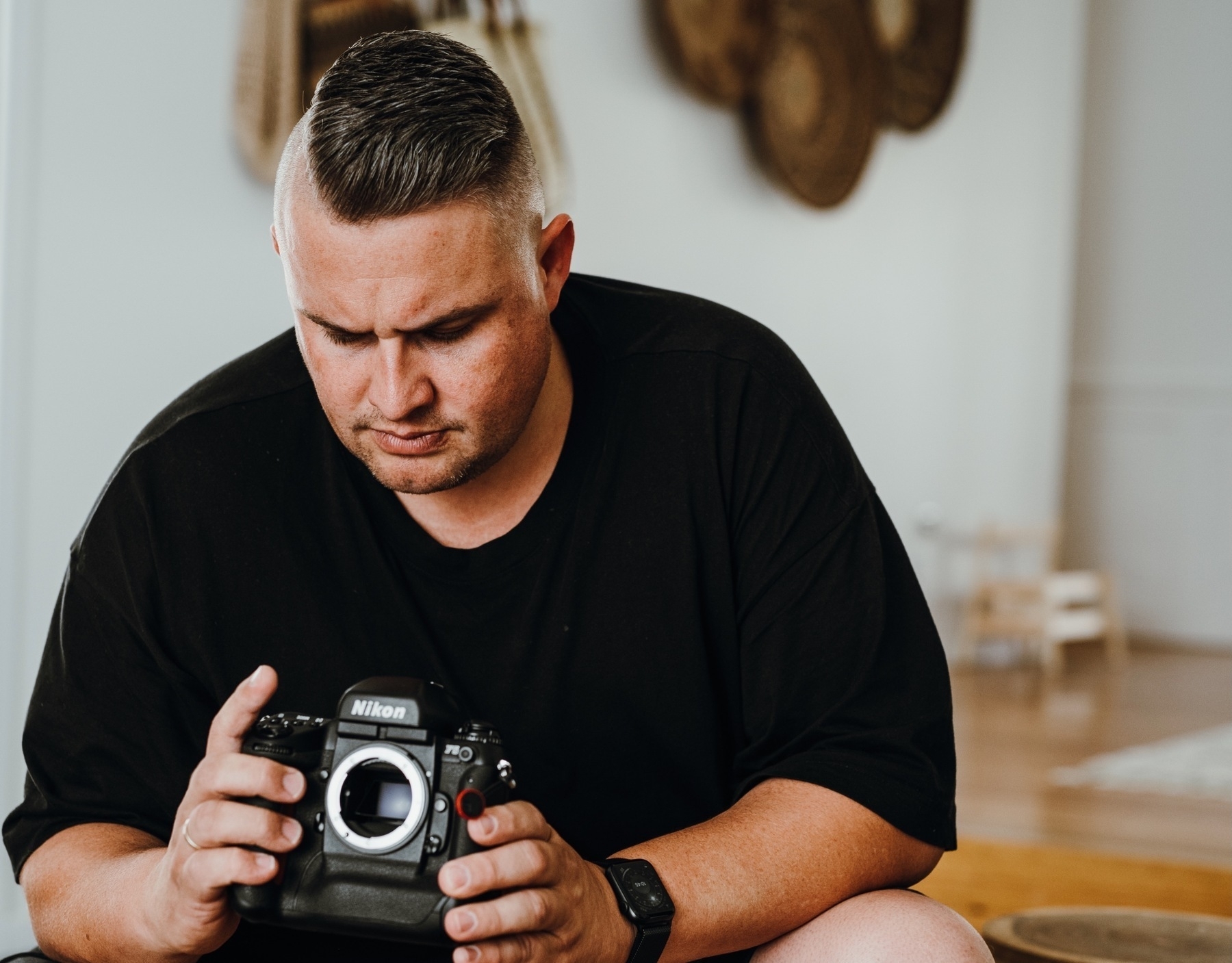The future of creating is damned
My greatest fear for my kids and for future generations is what it means to create within and around such specific analytics being available.
I (unfortunately) have precise readings of how many people read and view my work. Where they come from and where they don’t. How many followers, likes, and shares each social network allows me.
Honestly, it’s depressing and it is the biggest impediment to my creative work.
Efforts to remove the signals from my life have been mostly meaningless and sometimes even have adversely affected business, revenue, and our family’s supply.
I am most aware of this because my career as a creator started when its audience was measured by handwritten diaries, radio-listening diaries completed at the end of the day where the surveyed people would report on which radio stations they listened to - in quarter-hour blocks - throughout the day, usually reporting at the end of the day. Somehow entire industries and careers like mine were built on the back of less than 0.1% of the population writing in a book for a few weeks a year was representative of the entire local population, and we all took this as gospel.
Now I know exactly that one person watched one of my YouTube videos of me talking about a chapter of my book, and they didn’t even finish, and I also know that my silly Instagram Reel of my four-year-old daughter with a wavy video effect has been seen by over 100,000 people.
And even if we think that 100,000 people is a great reach, it’s only 0.00125% of the global population. Is 0.001% reach within our content goals this month?
With the slightest margin of error, we can tell you that somewhere between 25 to 35 visit our business website every day, but somehow we make enough bookings to provide for our family.
I think about the New York Times article recently published where I was quoted and our websites linked to, and it looks like pretty much zero of the article’s readers clicked those links. I wonder how many people actually read the article which had taken many hours of at least one journalist’s and one editor’s time to research, write, and publish. The most promotion I witnessed of the article itself was a small text link at the bottom of the NY Times front page. Do people read that far down? Do they click those links? Did anyone even read that article?
Things aren’t bad, but there was a mysterious time only recently when you could broadcast a radio program and have no idea how many people heard it. You could print a newspaper, and obviously, you would have some idea of how many papers were printed, but who read which articles? You never knew! It was beautiful. You could write an article you thought was worth writing, that the editor thought was worth publishing, and you would just send it off to the printer along with the headline news about that scandal and the other story about how politicians are terrible.
Do we still create beautiful things if we believe that no one will see them?
George Berkeley wrote in A Treatise Concerning the Principles of Human Knowledge,
The objects of sense exist only when they are perceived; the trees therefore are in the garden… no longer than while there is somebody by to perceive them.
If you suppose that no one might perceive your creation, do you even create it in the first place?
Are we ok with being unpopular? Are our kids ok with it?
If you asked me I’d say I am ok with it, if only because it’s my reality. But the truth is that this reality also affects my ability to create. I second-guess myself, wondering if it’s even worth clicking the shutter button or opening up the laptop to write a chapter of a book that will most likely be purchased by only my close friends and read by even fewer.

As I’ve published this piece, and added a featured image of me trying to figure out why Morgan’s Nikon camera wasn’t working (if you know, you know) I’ve realised that all of these thoughts of mine are before and almost exclusionary of artificial intelligence and large language models.
Creating really is doomed isn’t it …